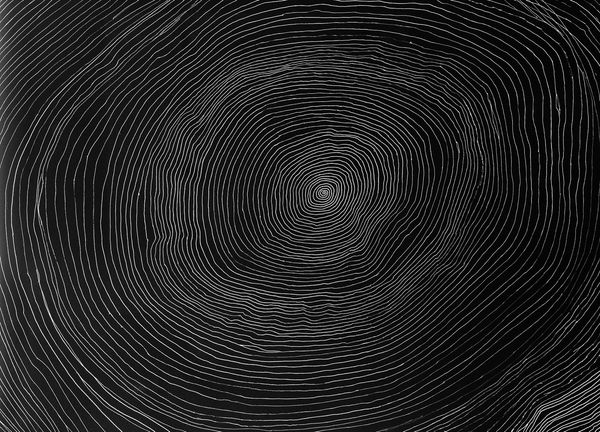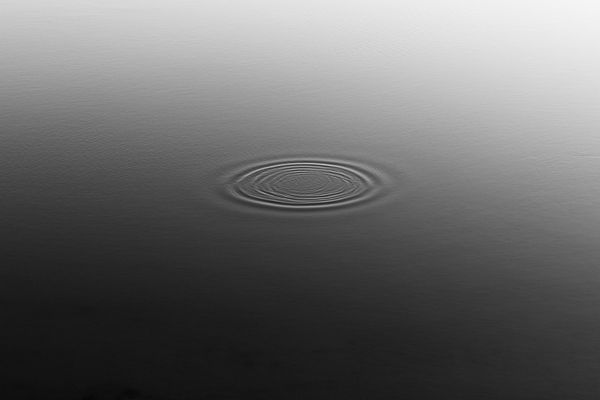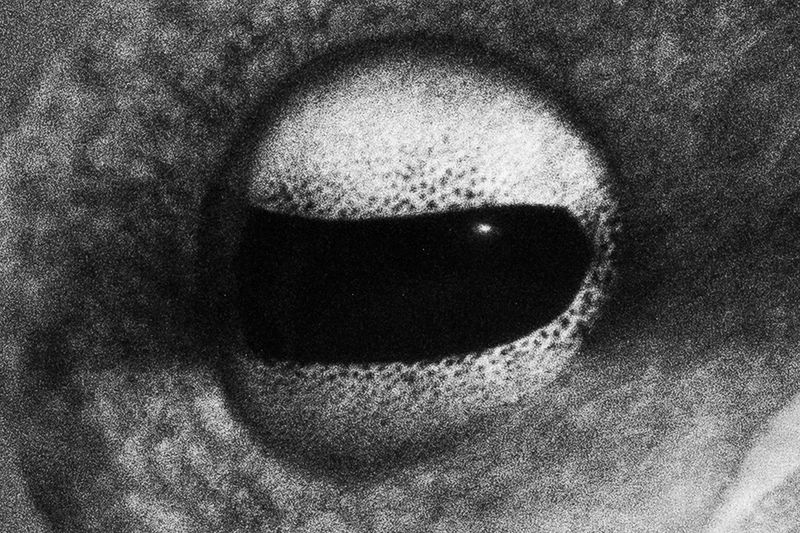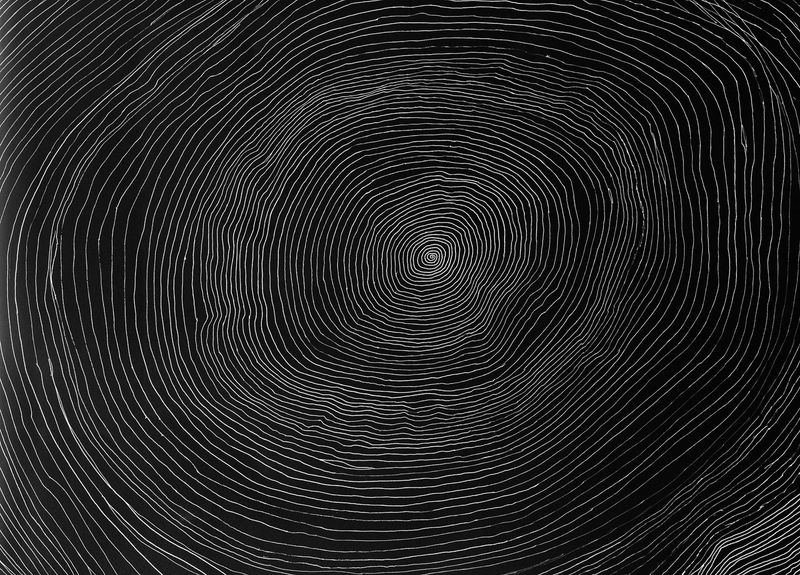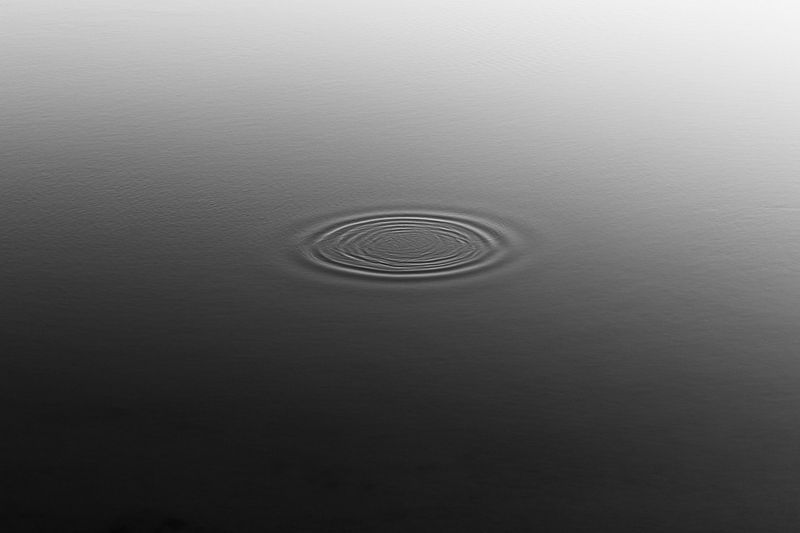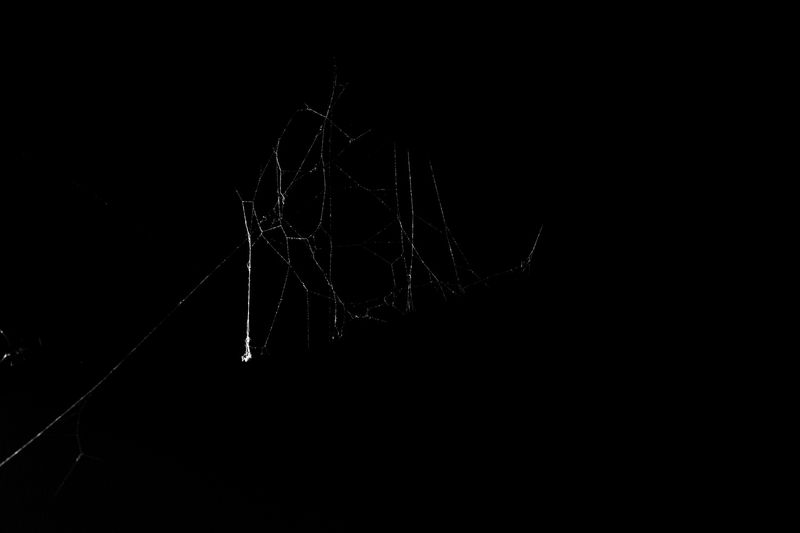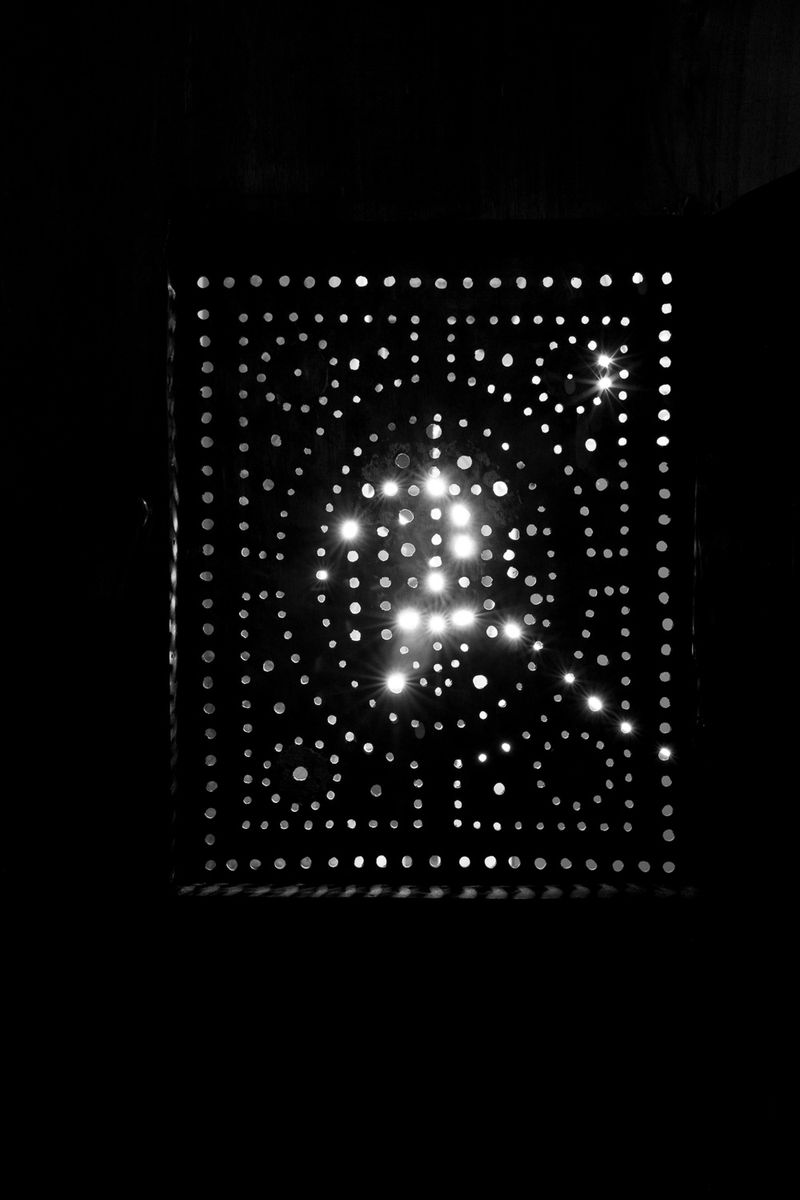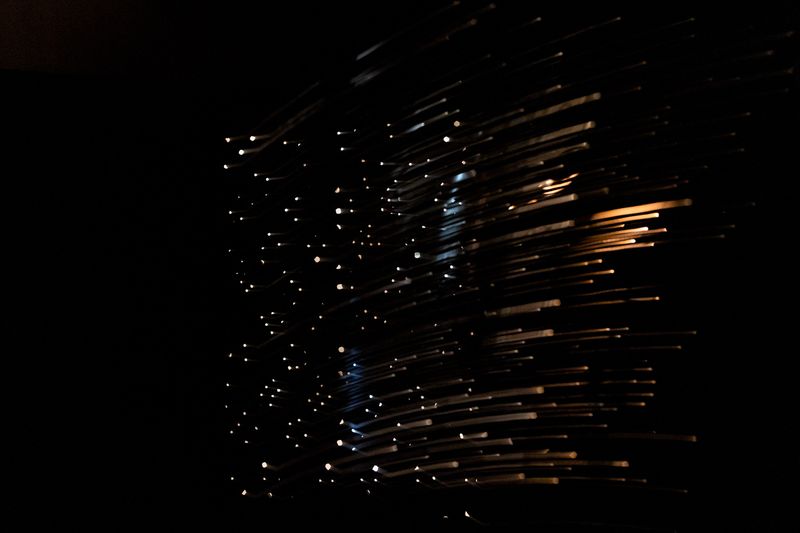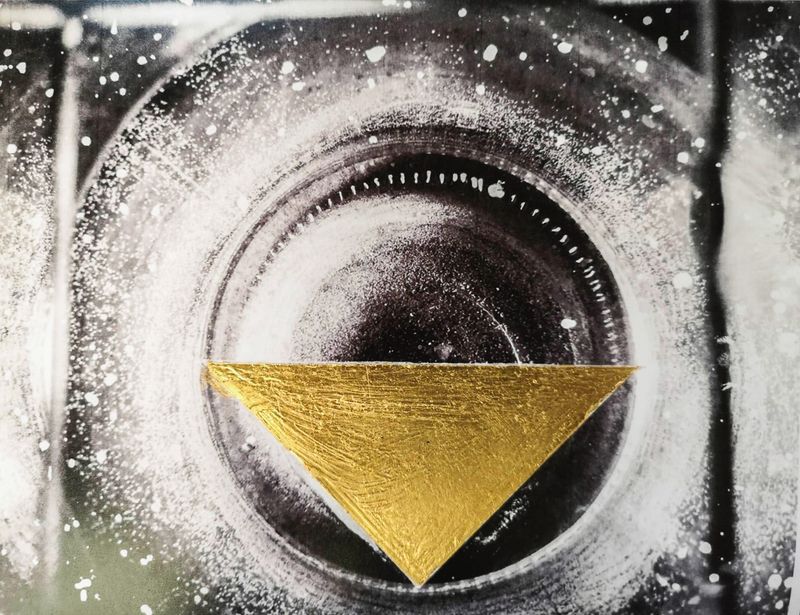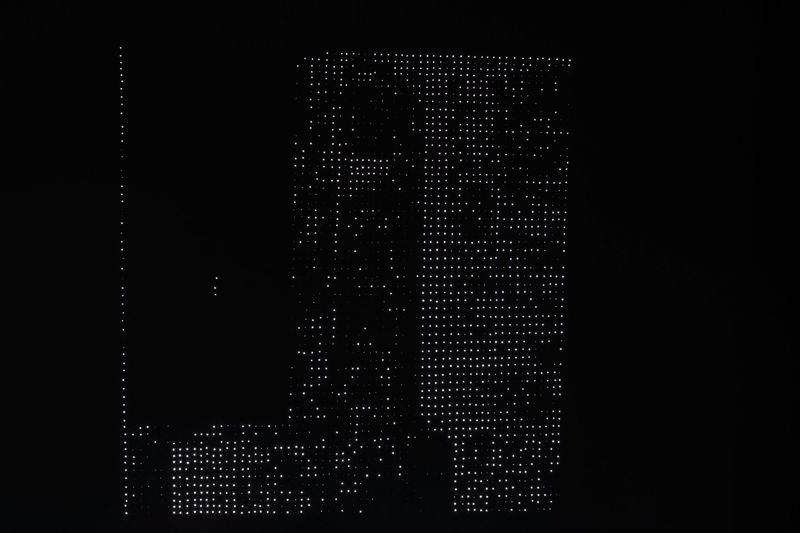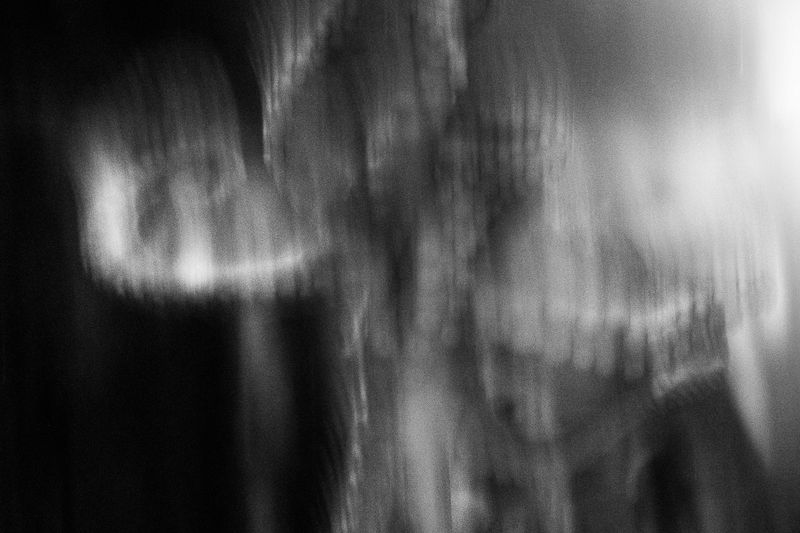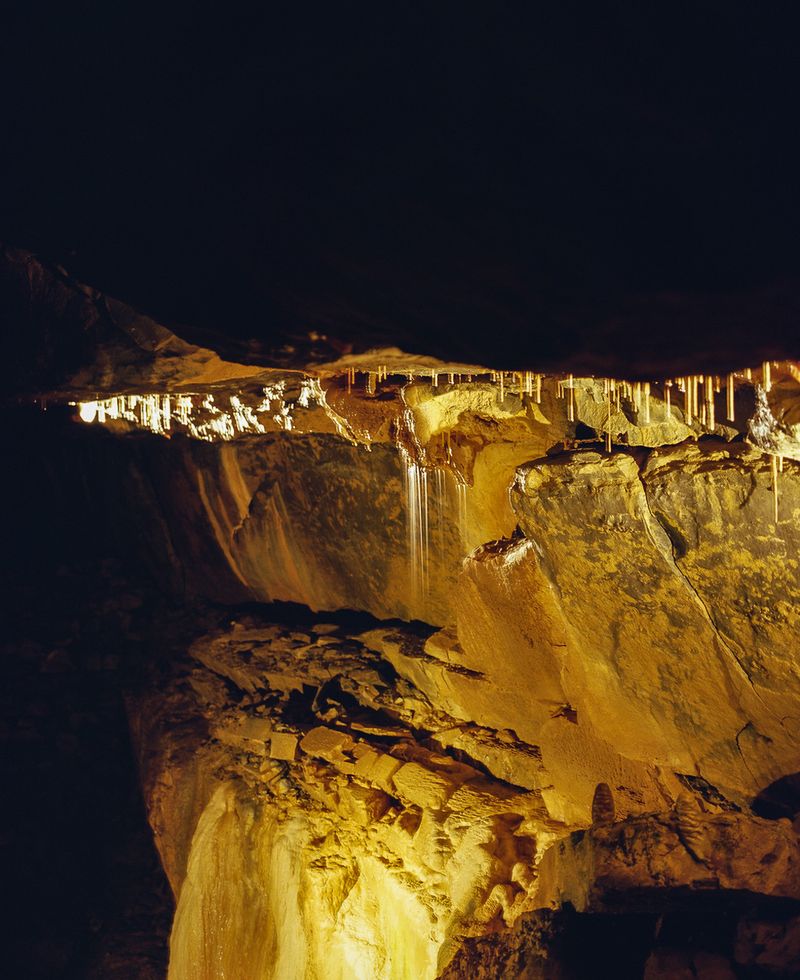This Unending Story
-
Dates2019 - 2024
-
Author
- Location Dublin, Ireland
This work is a meditation on the nature of resonance and consciousness exploring our sense of cosmological belonging and earthly entanglement.The birth of my daughter was the catalyst that prompted research into the oscillating forces of creation.
This unending story explores resonance and consciousness through space, soundwaves, ancestry, and octopuses. The birth of my daughter was the cosmic catalyst that prompted research into the oscillating forces from small and large moments of creation. I sought to spiral inward to understand this transcendent experience while looking to art, science, and mythology to seek assurance. I wanted to hear from others who had used invisible forces and wild imagination to access their inner minds and outer spaces.
The etymology of photography summons something shamanic, from the Greek ‘drawing or writing with light’.1 It suggests harnessing natural forces, like bottling the wind or cradling the ocean. The late American photographer Minor White (1908-1976) considered the photograph more than a document but ‘an index of invisible forces’,2 a carrier of energy, a receptacle for the storyteller’s silent force. White believed the nature of the photograph was not to document, represent, or symbolise, but to create a felt space. He imagined it could be a ‘splinter of divinity in the world’,3 an energetic space carrying the stories of the human spirit.
The desert painter and mystic Agnes Martin (1912-2004) employed stringent means to achieve transcendent reality. Her grid paintings meditate on beauty, joy, innocence, happiness, and love. Martin did not consider outward beauty a reality but rather a catalyst for an awareness of the beauty that already exists within 'the inner mind.'4 She believed her paintings were closer to a sound than a visual experience. Like a mantra in meditation, they undulate as a magnetic wavelength of existence.
Deep under the Whitby coast in England, physicists work in a laboratory set into a band of silver rock salt, as it is among the quietest places in Europe. In this underground laboratory, scientists look into a void and listen to the Universe. Large machines sweep the Cygnus constellation for the last breath of wind left over from the Universe's initial expansion.5 They are listening for the ‘smudged echoes of creation’6 vibrating in another corner of the Universe - the first movement from nothing, the first sound from silence; this emergence of creation ricochets still.
Intertwined throughout history, the alien-like octopus and the mythical Great Mother have been powerful symbols of female power and healing deities. Indigenouscultures use the octopus as an otherworldly motif of immortality and infinity, a mysterious creature whose spiralling limbs and consciousness-suffused body evoke the ongoing creative expansion of the Universe.7 In the depths of the Earth’s oceans, the mother octopus delivers her young safely into the world, and then she disintegrates back into the salt sea, becoming part of the life cycle once again.8
Shortly after my daughter was born, a writer and midwife called my studio. She sought a portrait for her book: stories from her lifelong experience in maternity wards. She believed childbirth to be a transcendent experience far beyond human understanding. She spoke of women travelling beyond the realms of the physical world, far off into the cosmos, beyond the Earth plane. She spoke of a mother calling their child’s spirit towards her, like sonar, as her consciousness vibrates with the etheric message, ‘Come to me, come to me.’ She spoke of how, eventually, the mother reaches the black velvet, the nothingness. She spoke of how the mother knows she has called forth her child from deep beyond the cosmos, and everything is complete.9
Through her work Circles and Spirals, Louise Bourgeois (1911-2010), the French–American artist, explored the constant continuation of birth, life, and rebirth and that connection with motherhood. Bourgeois created these circles not only to replicate a celestial motion but also to participate in it. Her use of mythological and archetypal imagery searched the skies for universal balance ‘as the beginning of movement in space’.10
In her visionary 1986 essay ‘The Carrier Bag Theory of Fiction’, Ursula Le Guin (1921-2018) suggests that our ancestors’ greatest invention was the container, ‘the place that contains whatever is sacred.’11 Le Guin understood the significance of a container, a womb, a story, to hold things that bear meaning.
The birth of my daughter, the cosmic catalyst, created an energetic space in my world. What a privilege to be ‘the recipient, the holder, the story. The bag of stars.’
This personal story is a meditation on the resonance of existence, the imprints and echoes that help us to ‘relate to everything else in this vast sack, this belly of theuniverse, this womb of things to be and tomb of things that were, this unending story.’12
______________
1 Stephen Bull, Photography (Routledge, 2010), 5.
2 Aperture 237 (December 2019): 46.
3 Bourland, 46.
4 Nancy Princenthal, Agnes Martin: Her Life and Art (Thames and Hudson, 2018),
93.
5 Robert Macfarlane, Underland: A Deep Time Journey (Penguin Books Limited,
2019), 55.
6 Paddy McAloon, ‘I Trawl the Megahertz’, track 1 on I Trawl the Megahertz, Liberty
Records, 2003.
7 Miranda Bruce-Mitford, Signs and Symbols: An Illustrated Guide to Their Origins
and Meanings (DK, 2019).
8 Peter Godfrey-Smith, Other Minds: The Octopus, the Sea, and the Deep Origins of
Consciousness (William Collins, 2021), 170.
9 Bríd Shine, Between Worlds: Shared Reflections of a Spiritual Midwife (Bealtaine
Press, 2021), 93.
10 Louise Bourgeois, Spirals (Damiani, 2019).
11 Ursula Le Guin, The Carrier Bag Theory of Fiction (Ignota Books, 2021).
12 Le Guin, 37.
[1] Ursula Le Guin, The Carrier Bag Theory of Fiction (Ignota Books, 2021)

